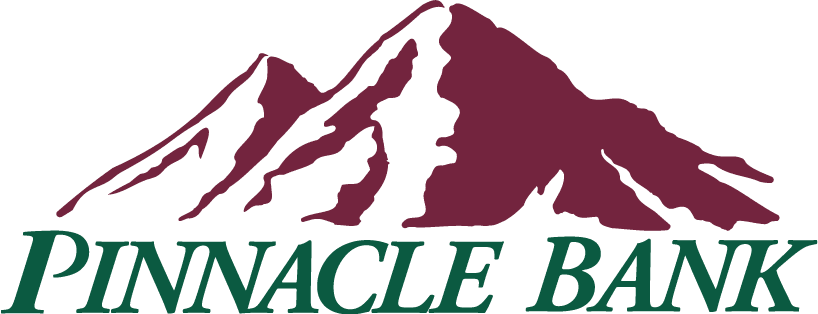Pinnacle Bank’s terms, privacy and security policies do not apply to the site you’re about to enter. Please review its terms, privacy and security policies to see how they apply to you. Pinnacle Bank isn’t responsibe for or endorse
How the Pandemic Dethroned Cash as King
11.17.2021These days, it’s rare to find someone who keeps actual paper currency in their pocket – let alone coins. Given the proliferation of personal technology, most likely the only thing we do carry anymore is a smartphone. Those with smartphones contain financial apps that help us manage our money, make investment moves and pay for goods and services, all with the tap of a button.
The global pandemic brought about by COVID-19 accelerated the rise of many touchless — and thus cashless — payment options. While cash still plays a vital role in the economy, our banking app gives customers the flexibility and convenience to manage finances whenever and wherever they want. (Download it here for iOS or here for Android.)
When the pandemic gripped America, to avoid contamination from the virus, many merchants and vendors avoided cash as well. They made immediate changes to their point-of-sale payment systems, regardless of the plans that had been made to roll out those same changes over the next three to five years. Many began offering more touchless payment options, enhancing the overall online experience and streamlining phone payments. Suddenly, in mere months — not years — entire payment processing systems were overhauled, hardware installed, software updated and people trained to operate them.
To further avoid cash transactions and person-to-person interactions, some merchants began requesting that patrons use payment cards. Some outright declared they would accept no cash payments whatsoever. Unmanned secure cash kiosks that can accept paper currency and avoid the risk of contamination started popping up as well. On the other side, many of the major tech companies like Apple®, Square®, Google®, and PayPal® were also fast-tracking the distribution and optimization of their cashless payment offerings.
For many financial institutions, keeping up with the increased demand for digital tools was also challenging. Most had to invest in optimizing online banking and banking apps to some degree. Standard checking account features like direct deposit, bill pay, and peer-to-peer sharing apps like Zelle® (all available with Pinnacle Bank) were both promoted and utilized much more by bank customers. In general, the limitations caused by branch closures created more online transactions and moved customers away from cash.
The institutional changes affecting payment transactions have mostly remained in place, even as the world recovers and returns to post-COVID openings. Seemingly cash is no longer the king it once was.
To find out more information about what Pinnacle Bank is doing to make banking safer and more touchless, email us at customerservice@pinnaclebank.com or call to speak with someone at 877.759.7939.







